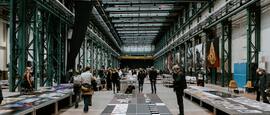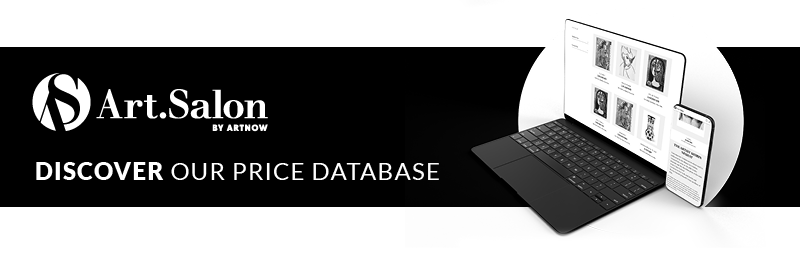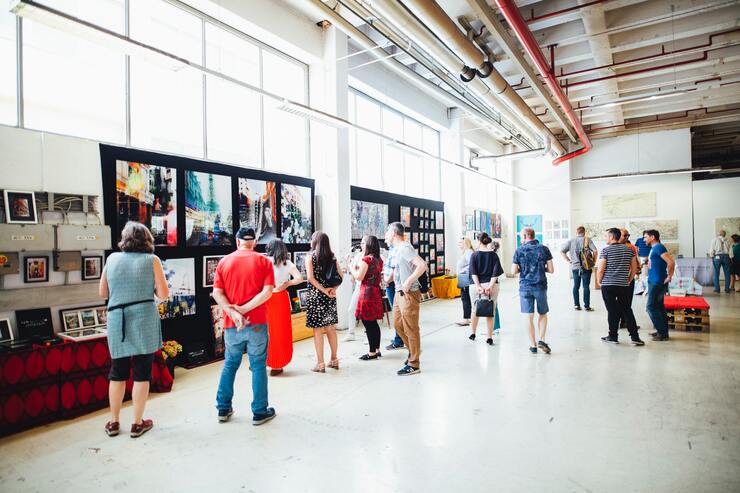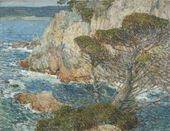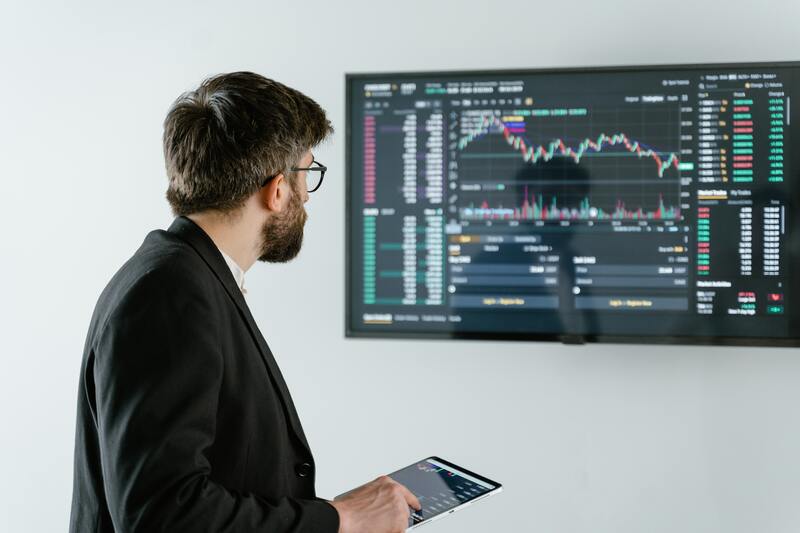
More on the subject Art Market
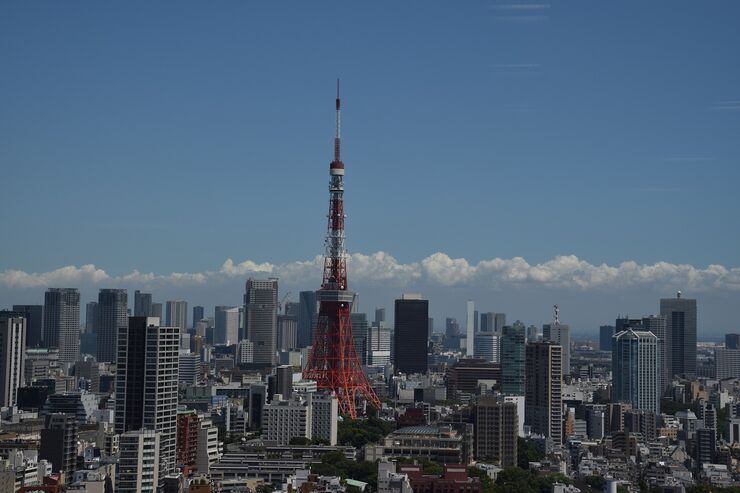
Gamechanger in Japan?
The art world is eagerly awaiting July 2023: That's when Tokyo Gendai, a new art fair opens that could have a significant impact on the market in Asia − if it's successful. Up to 100 international galleries will take part in the premiere.
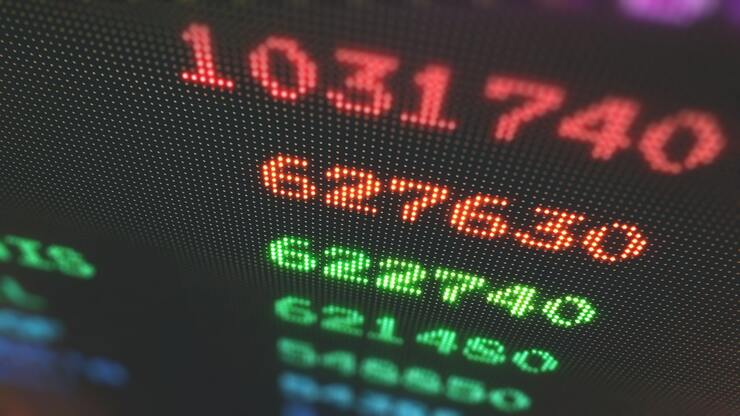
Artnet: forced to change structure?
Artnet AG's most important external shareholder, Weng Fine Art AG, wants to make a voluntary purchase offer to all shareholders - and drive its own share just below the 30% control threshold. In doing so, it reopens old wounds and pokes at Artnet's corporate structure - what is it up to?
Dive deeper into the art world
How to estimate the price of an artist's work
Art collectors, just like artists, are challenged to propose an adequate price for an object. In order to estimate the price correctly, one basically only has to follow the logic behind the calculation. When one is about to buy, some factors make this often tricky assessment easier.




